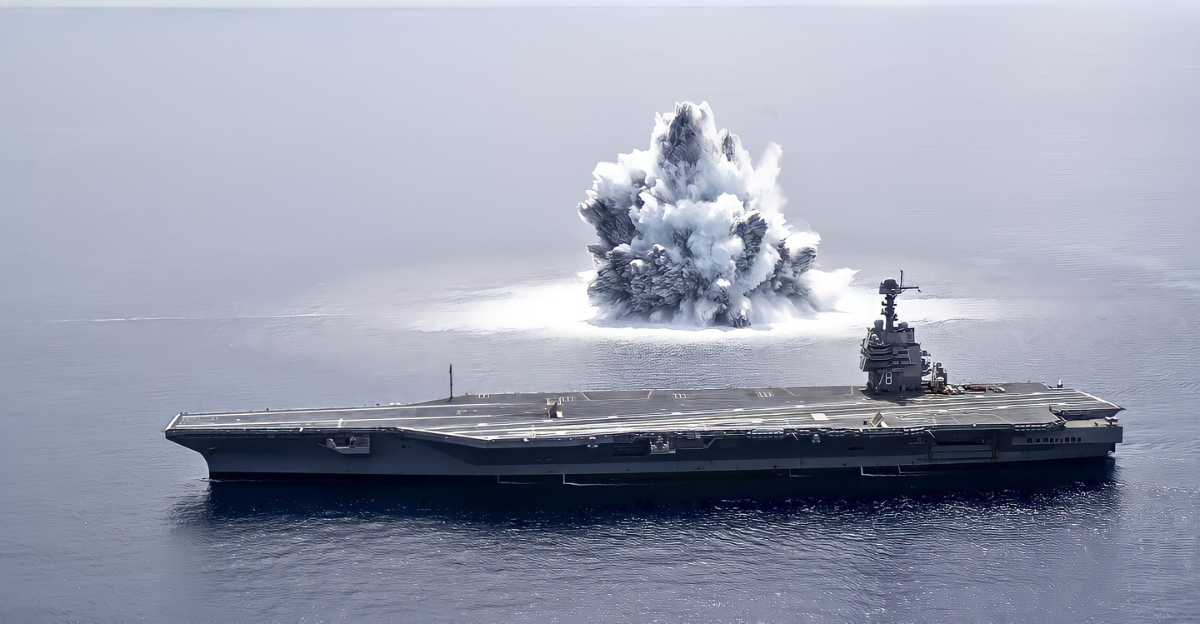
Earthquake activity has surged dramatically in Italy’s Campi Flegrei caldera, now recognized as one of the world’s most perilous volcanic sites. As we delve into this narrative, it’s essential to consider that the caldera hosts a significant U.S. Navy base, raising potential dangers for both military personnel and civilians. With the backdrop of a breathtaking landscape, this caldera holds ancient mysteries and contemporary threats.
“I never thought I’d live so close to a volcano,” shares a local farmer, expressing the mixed emotions of awe and worry. This burgeoning seismic activity draws global attention, compelling experts and communities to notice.
Escalating Risks
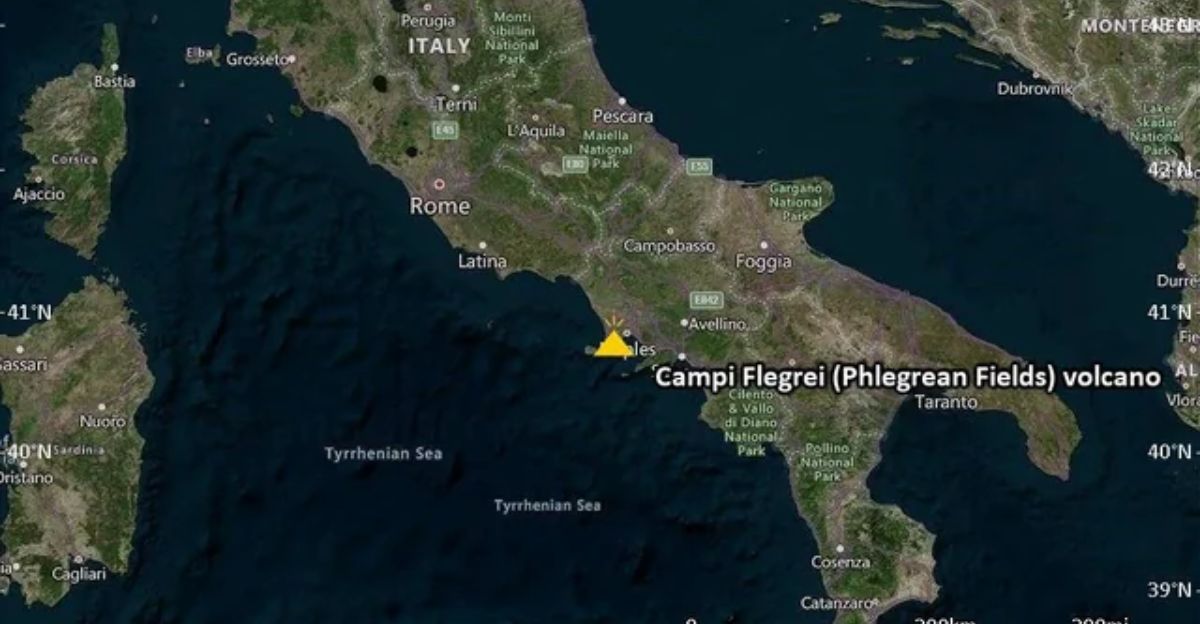
From January 2022 to March 2025, over 54,000 earthquakes were recorded around Campi Flegrei, a staggering rate that has surprised officials. This fourfold increase has ignited alarms among city planners and base administrators, responsible for safeguarding thousands. “It’s alarming to see so many quakes in such a short time,” remarks an urban planner in Pozzuoli.
Their concerns are echoed by military leaders who understand that a volatile environment can lead to dire consequences for military families and civilians. As the seismic surge continues, preparations are underway to address the potential fallout of this newfound geological volatility.
Ancient Origins
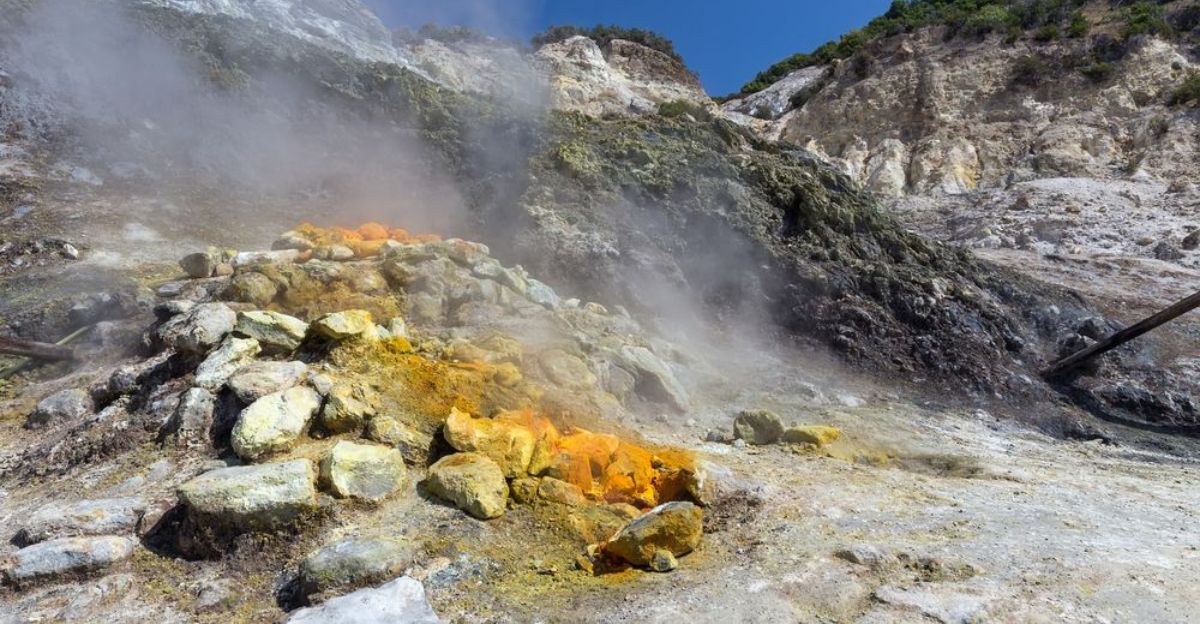
The Campi Flegrei, or “Burning Fields,” is a supervolcano with a history of significant eruptions that have sculpted the local geography and disaster-preparedness protocols in Southern Italy. Understanding its origins is crucial for deciphering the area’s present vulnerabilities. “This place is rich in history, but also in peril,” notes a local historian.
The echoes of past eruptions reverberate through the community, instilling a sense of urgency to implement modern hazard measures. As we reflect on previous calamities, the importance of historical context in planning for the future cannot be overstated, especially when considering the unique geological character of this supervolcano.
Mounting Pressure
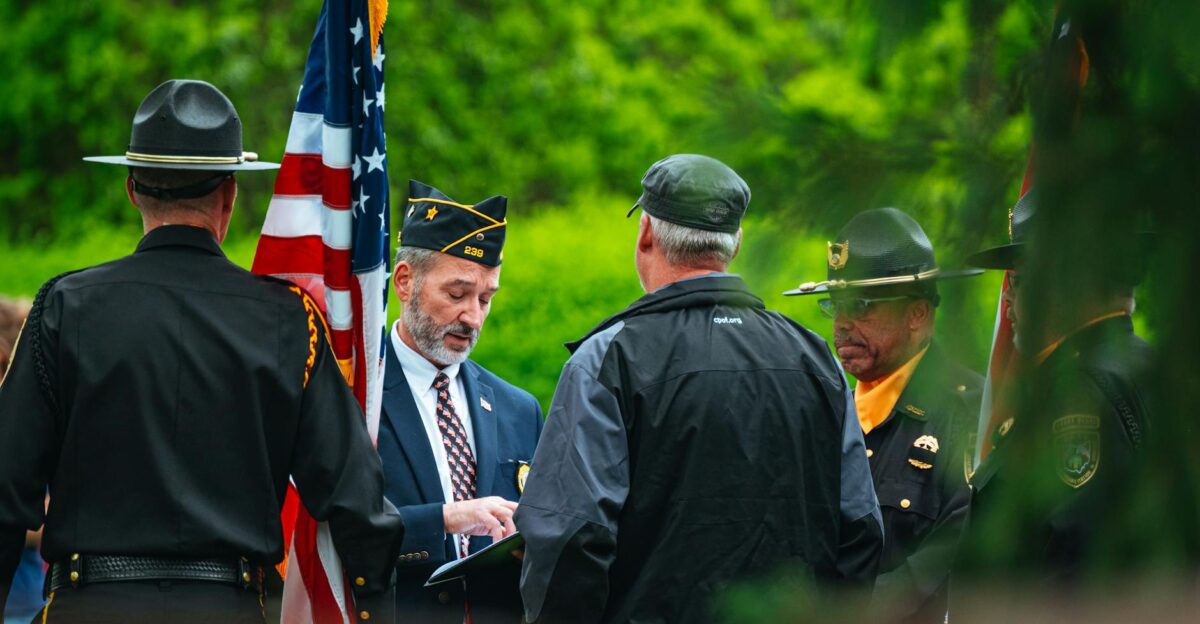
In the early 1980s, the bradyseism crisis in Pozzuoli forced mass evacuations and a reevaluation of hazard monitoring systems. “I remember the panic in the air as families prepared to leave,” recalls a former resident. Modern alarms alert authorities today, focusing on the increasing risks posed by the region’s swelling population and dense infrastructure.
The lessons learned from past crises inform current strategies as local officials and military leaders collaborate on disaster preparedness. Yet, with the recent surge in seismic activity, it’s clear that we must remain vigilant and ready to act if conditions take a turn for the worse.
AI Seismic Breakthrough
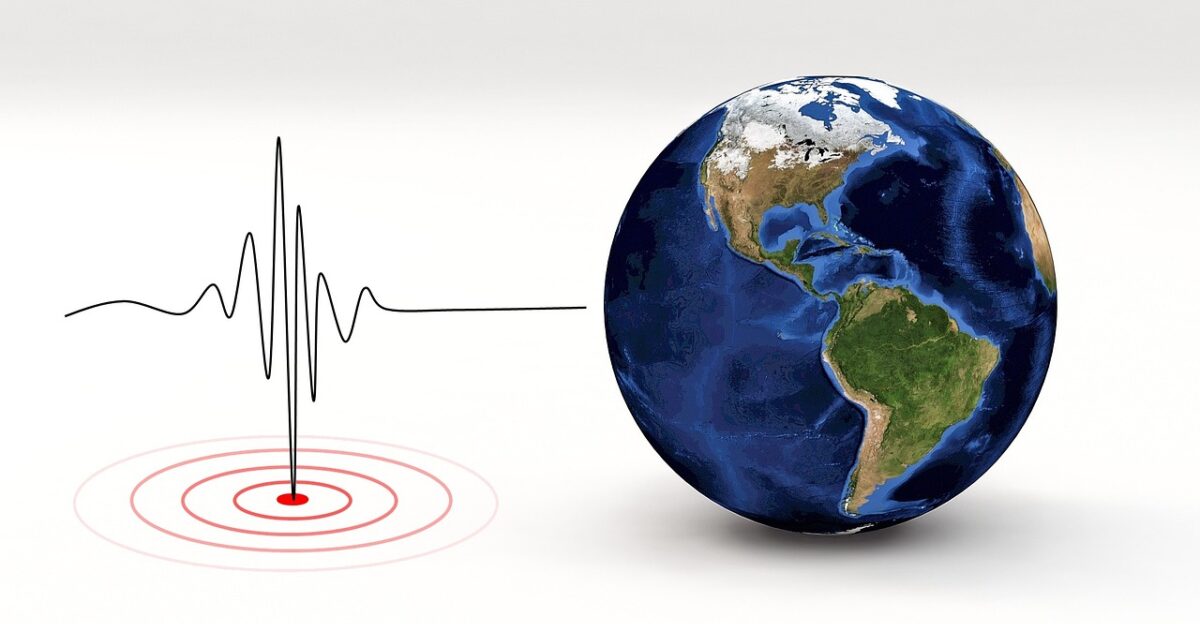
Here’s where it gets interesting: Stanford and Italian scientists have harnessed artificial intelligence to analyze continuous seismic records, uncovering over 54,000 earthquakes in just three years, far above traditional detection methods. “This technology sheds light on a previously hidden activity level,” says a geophysicist involved in the research.
With the ability to process vast datasets, AI is invaluable in refining our understanding of seismic risks. This breakthrough enhances our awareness of the caldera’s behavior and plays a pivotal role in developing targeted disaster response and mitigation strategies, raising hopes for better preparedness among affected populations.
Local Impact
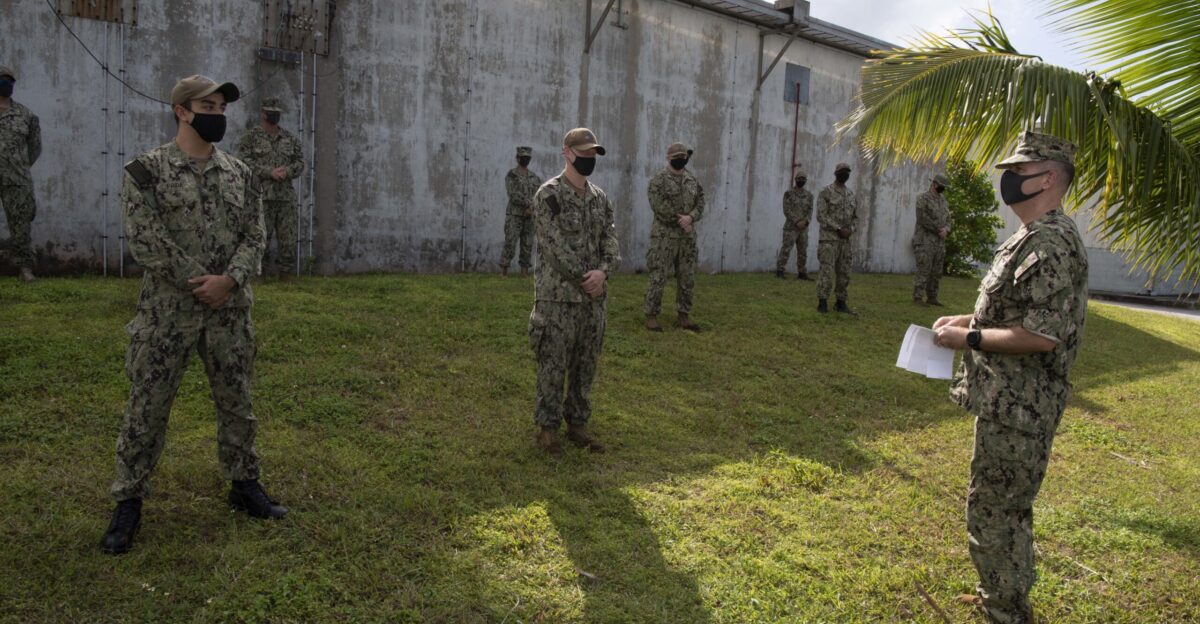
Carney Park, a sprawling 93-acre U.S. Navy recreational and support base, occupies prime real estate within the Campi Flegrei caldera. The base’s proximity places service members and families in a precarious position should seismic activity escalate. “We love living here, but it’s hard not to worry when you hear the earth rumbling,” shares a Navy spouse.
As experts warn of rising threats, the safety of military families continues to be a pressing concern. The Navy is motivated to ensure that personnel are informed, prepared, and equipped to confront the challenges posed by their extraordinary surroundings.
Human Toll
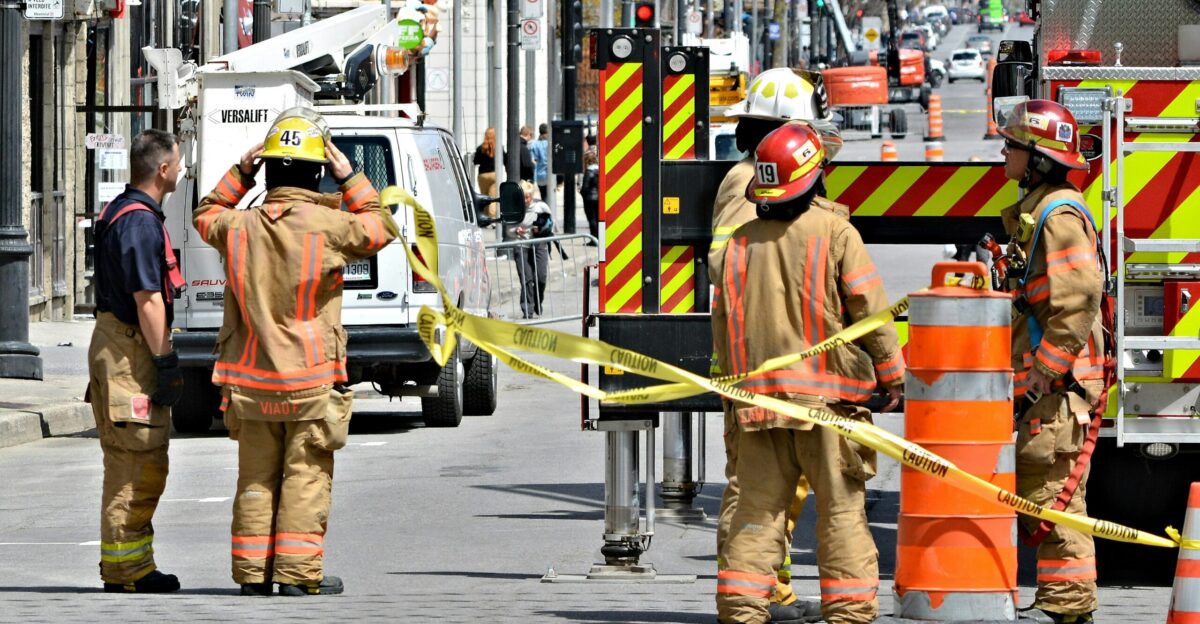
The previous bradyseismic crises illustrate the human cost of living in this volatile region, with over 25,000 residents forcibly evacuated from Pozzuoli. “I lost my home and memories overnight,” reflects a local affected during that tumultuous time. Reports describe ongoing anxiety and disruption, lingering for months among residents and military families alike.
As tensions rise, fostering a sense of community support becomes imperative. Preparedness and effective communication stand at the forefront of public safety efforts, emphasizing the importance of planning for infrastructure and the emotional well-being of those who call this area home.
Military Precautions
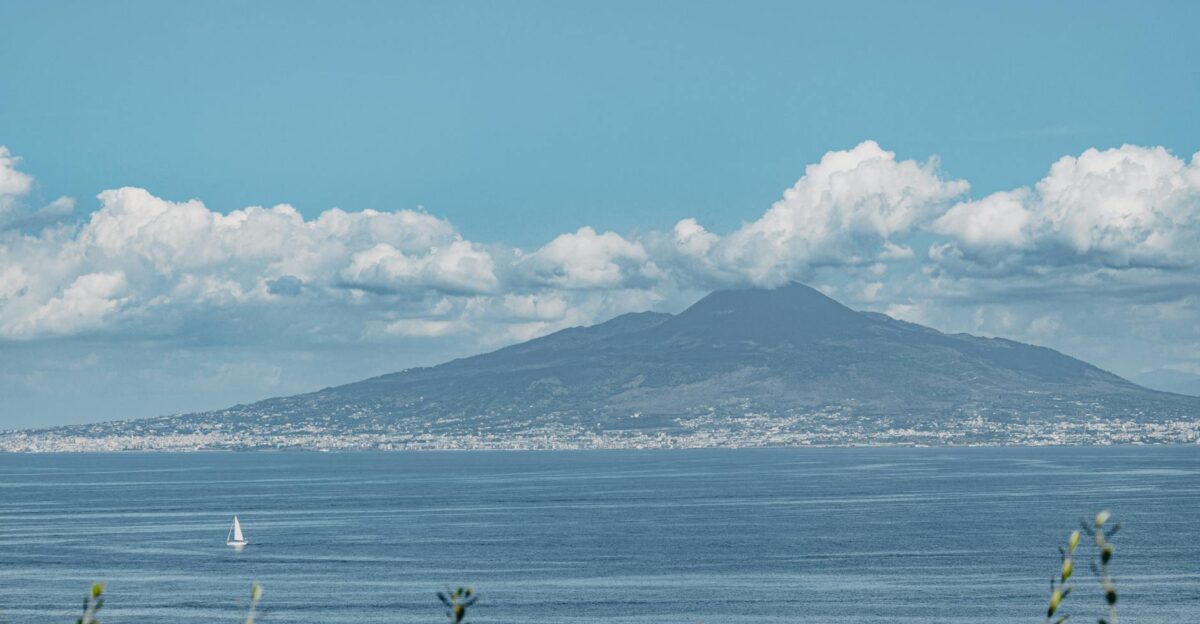
In response to growing concerns, U.S. Navy officials are taking proactive stances by mandating risk acknowledgment letters from all base personnel living in high-risk volcanic zones near Naples. “We’re encouraged to participate in hazard awareness programs, which helps,” shares a service member stationed at Carney Park.
These precautions ensure that everyone is informed about potential hazards and knows how to act during emergencies. Military leaders hope to empower families to navigate life in the shadow of Italy’s breathtaking yet unpredictable landscape by emphasizing awareness and training.
A Growing Threat
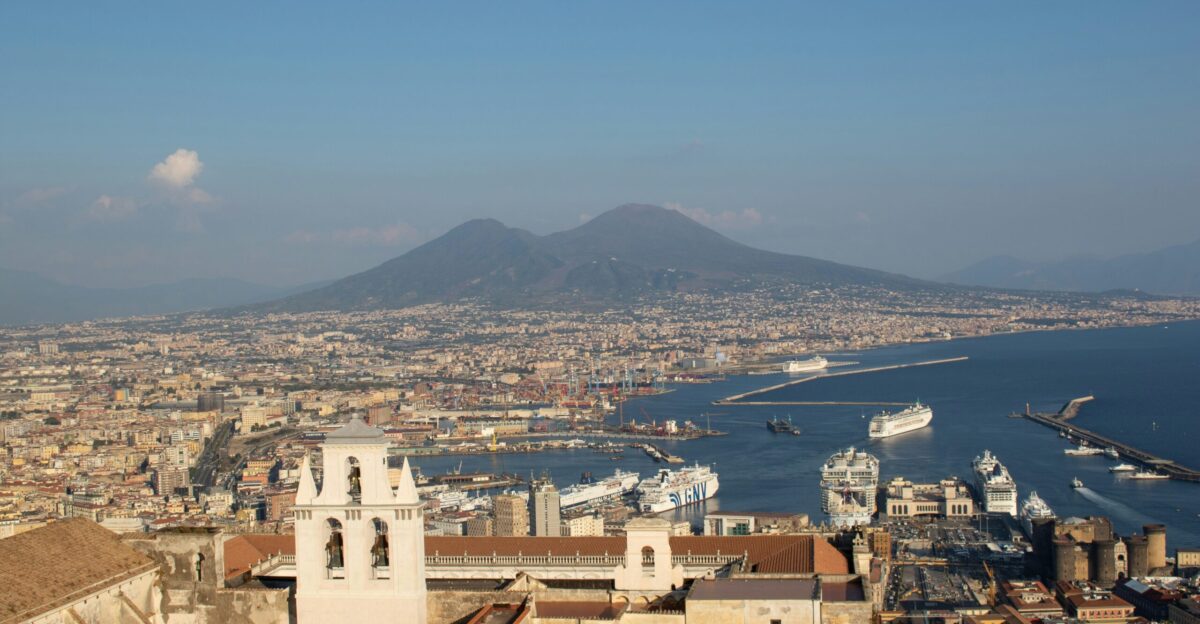
With a population density exceeding 500,000 within the Campi Flegrei red zone, the stakes continue to rise. “The community feels the pressure; we’re constantly on edge,” states a resident. Emergency drills and evacuation plans are now tested to assess readiness among Italian authorities and U.S. installation managers as seismic swarms manifest.
The collaboration between local and military officials seeks to streamline responses, ensuring comprehensive strategies are in place to address a possible crisis. As seismic risks increase, the imperative to prepare for emergencies becomes ever clearer.
Secondary Reveal
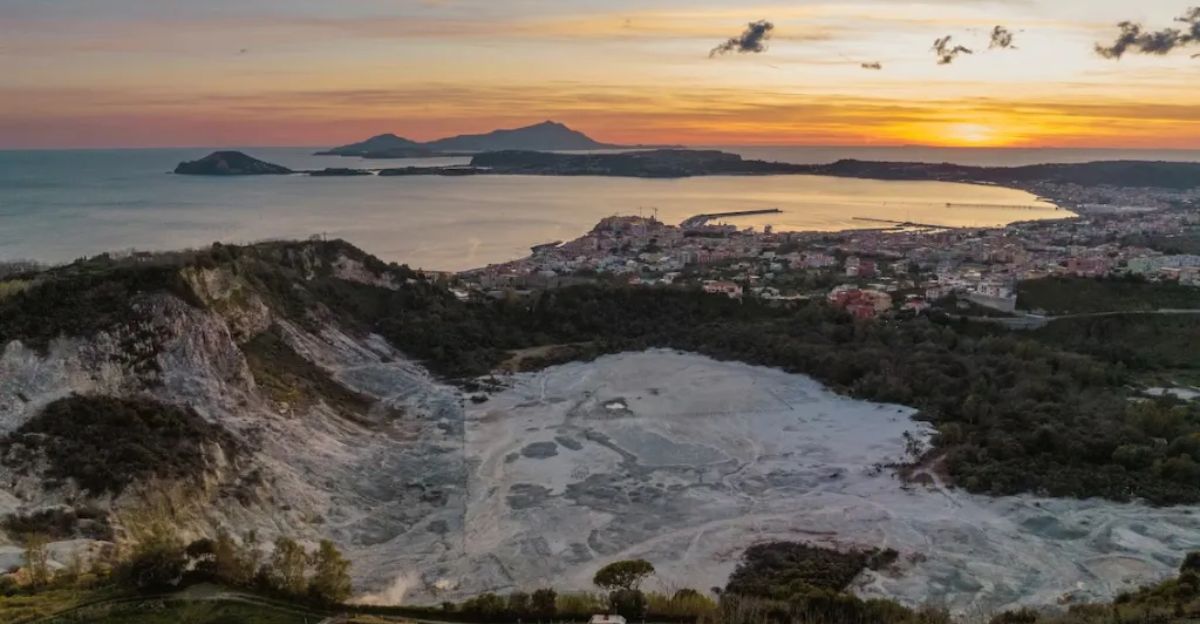
Building on the earlier AI breakthroughs, new mapping technologies have revealed previously unidentified faults beneath Pozzuoli. “This is crucial for understanding the real risks we face,” explains a seismologist monitoring the data. Identifying these faults provides essential information to understand the maximum plausible quake magnitudes.
Such insights are paramount for disaster planning, giving officials and residents the knowledge they need to take actionable steps towards safety. Armed with better data, communities can bolster their resilience against future threats posed by seismic events and foster a more secure living environment.
Community Frustrations
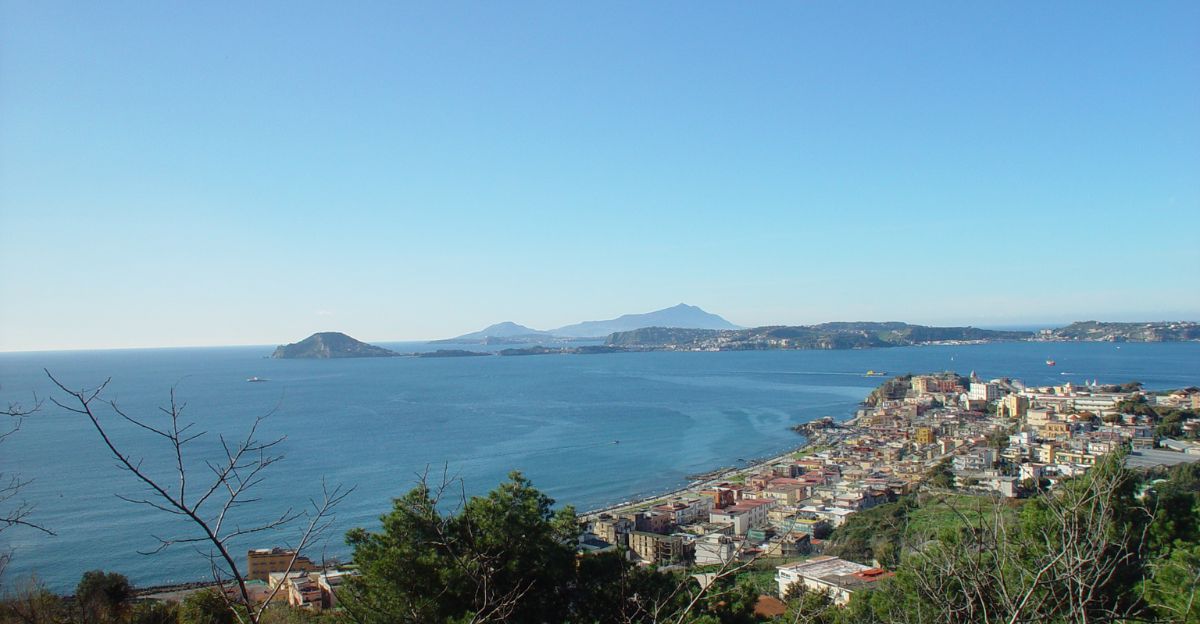
The reality of frequent minor earthquakes weighs heavily on residents, with many expressing unease over occasional infrastructure damage. “I can’t recall the last time my family had a peaceful night’s sleep,” confides a community leader. At the same time, military families face relocation challenges, often burdened by rising insurance costs and shifting risk zones.
The complexities of living in a high-risk area necessitate ongoing dialogue between residents, military personnel, and government officials. Open communication is vital in addressing concerns and enhancing the resiliency of both communities in the face of persistent natural threats.
Upgrading Leadership
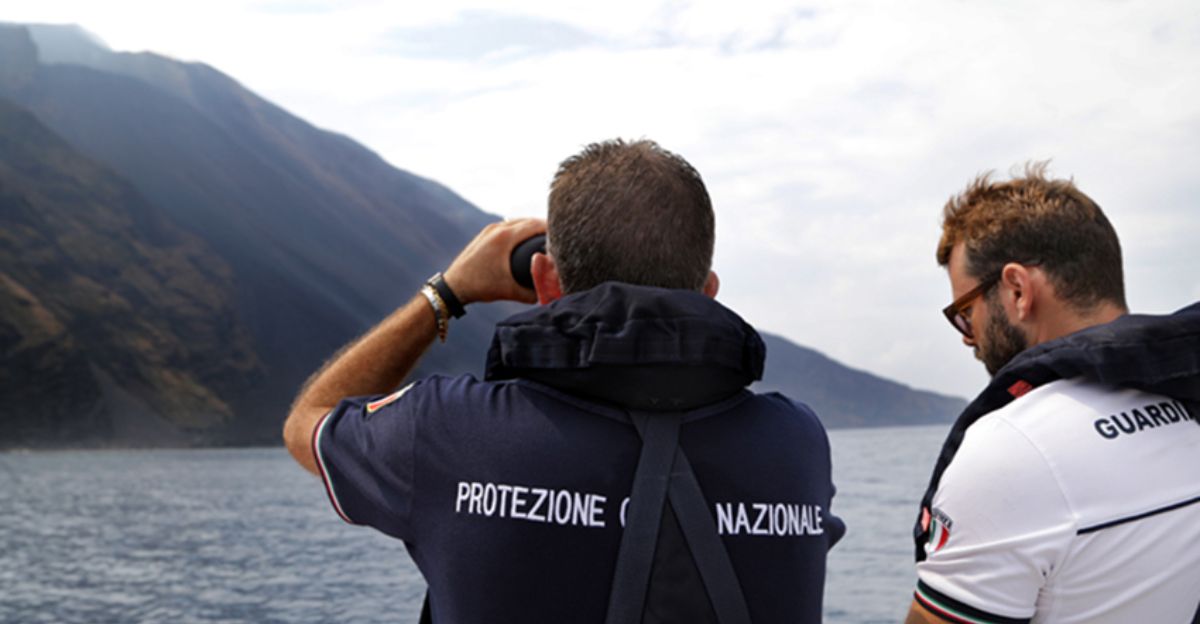
Both Italian Protezione Civile and U.S. base administrators have strengthened their monitoring partnerships amid rising tensions. “A transparent data-sharing approach is essential for effective risk management,” asserts a newly appointed leader within the emergency services. Calls for joint emergency protocols seek to unify efforts between local authorities and military leaders.
This collaboration aims to streamline response plans, ultimately fostering a safer environment for all. The commitment to collaborative decision-making signifies an understanding that resilience hinges on comprehensive planning, ensuring readiness for future uncertainties.
Strategic Responses
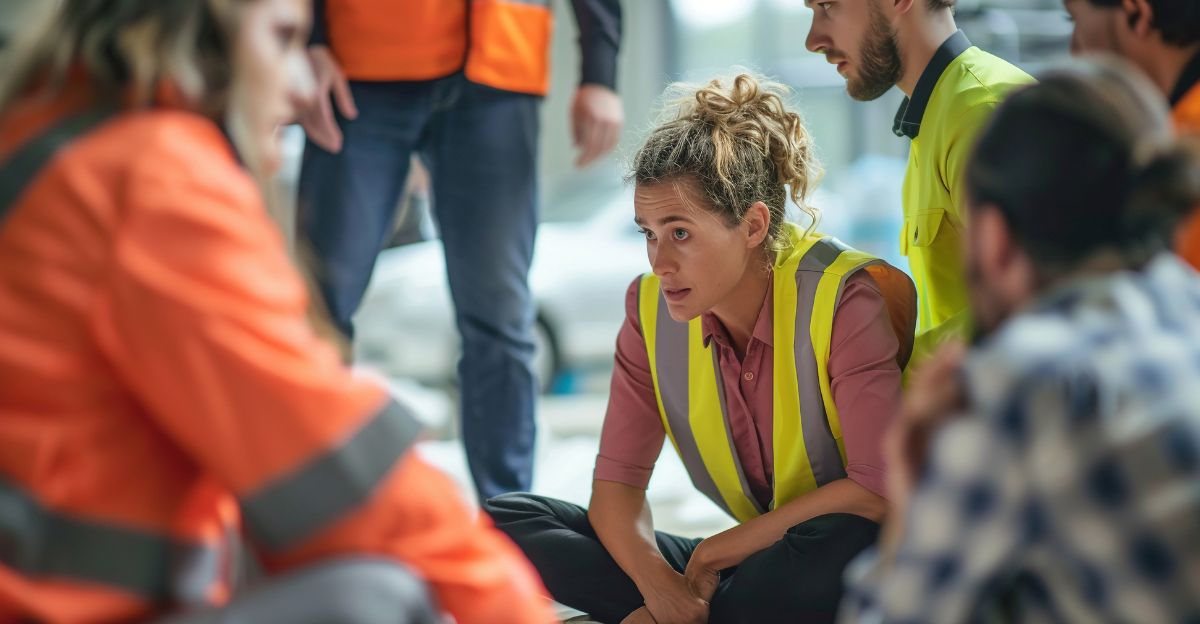
Enhancing emergency readiness, Navy officials are now issuing daily seismic activity reports, enabling prompt awareness among personnel and families. “It’s reassuring to have this information at our fingertips,” remarks a Navy parent. Locating safe havens for quick evacuations also enhances preparedness, complemented by synchronized efforts with citywide hazard management teams.
This proactive approach underscores the importance of readiness in reducing panic, with Italian authorities and U.S. officials working diligently to ensure the safety of all who reside within the caldera’s shadow. By fostering partnerships, the aim is to build a robust support system.
Scientific Skepticism
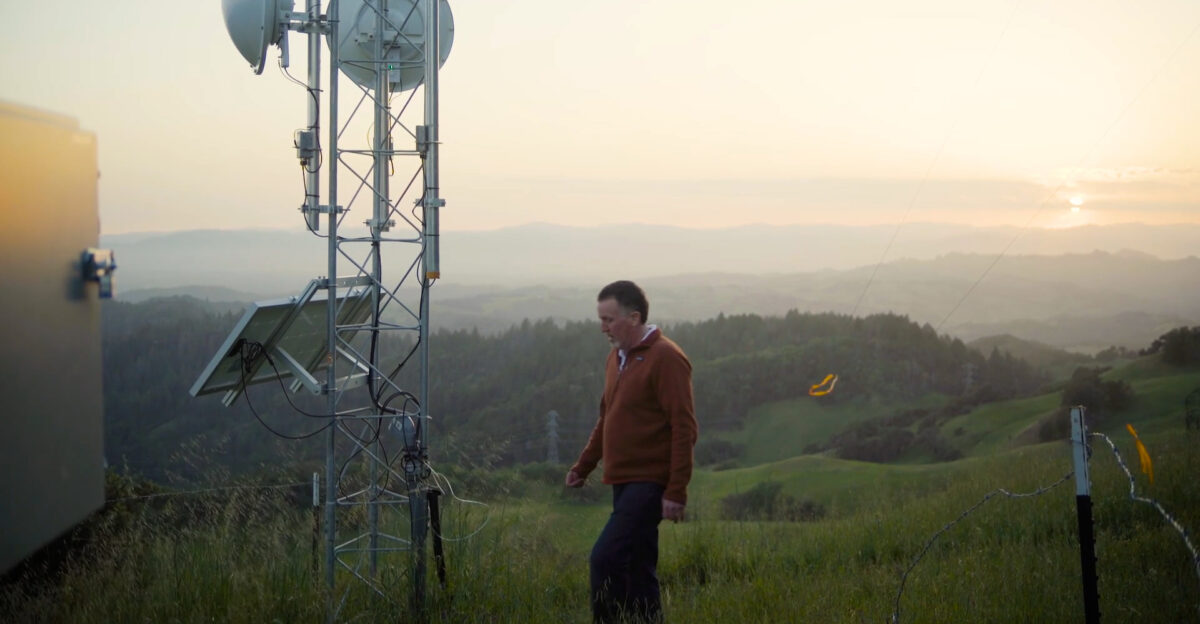
Despite these advancements in detection technology, a cautious tone emerges from some experts who warn of potential false positives. “We must exercise caution; reliance solely on AI tools can lead to oversights,” notes a seasoned geologist. The call for ongoing manual event verification emphasizes maintaining legacy systems to reduce errors.
This dialogue showcases the balance between innovative technology and traditional methods, underscoring that a multifaceted approach is essential for accurate and effective monitoring. Acknowledging these complexities is crucial as we navigate the evolving landscape of seismic research.
Looking Ahead
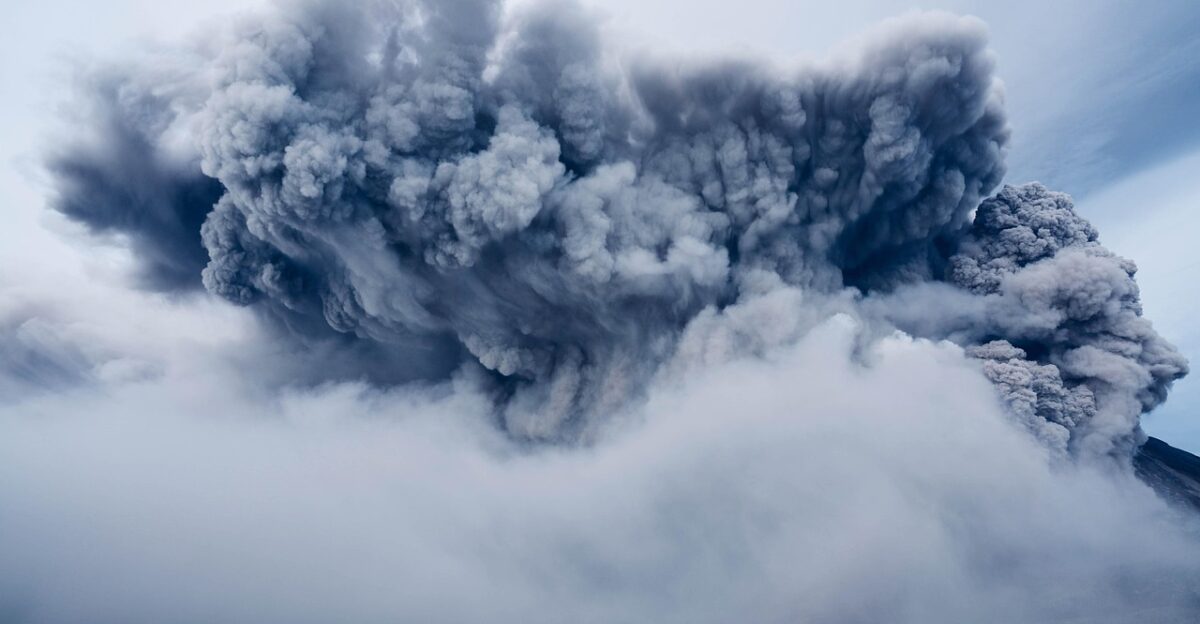
A pressing question looms as we look to the future: Will the intensifying seismic swarms lead to a cataclysmic eruption? “The ground is restless, and we must be prepared for anything,” a local emergency manager warns. Although no direct magma movement has yet been detected, the pressure within the caldera persists, keeping experts and residents on high alert.
The interplay between geological activity and human vulnerability prompts ongoing research and readiness strategies. By remaining vigilant, communities can advance their preparedness to mitigate risks and foster resilience amidst the uncertainties of living near such a powerful natural force.
Community Engagement

Involving the community is pivotal for disaster preparedness, as residents bring invaluable perspectives. “We need to be part of the solution,” asserts a community advocate. Public forums and workshops are being organized to educate residents and military personnel on seismic safety and emergency protocols.
Engaging citizens fosters a culture of resilience, ensuring that everyone understands their role in the event of an emergency. As information flows freely and collaboration deepens, local insights will enhance response efforts, bridging the gap between official strategies and community needs for more effective hazard management.
Emergency Drills
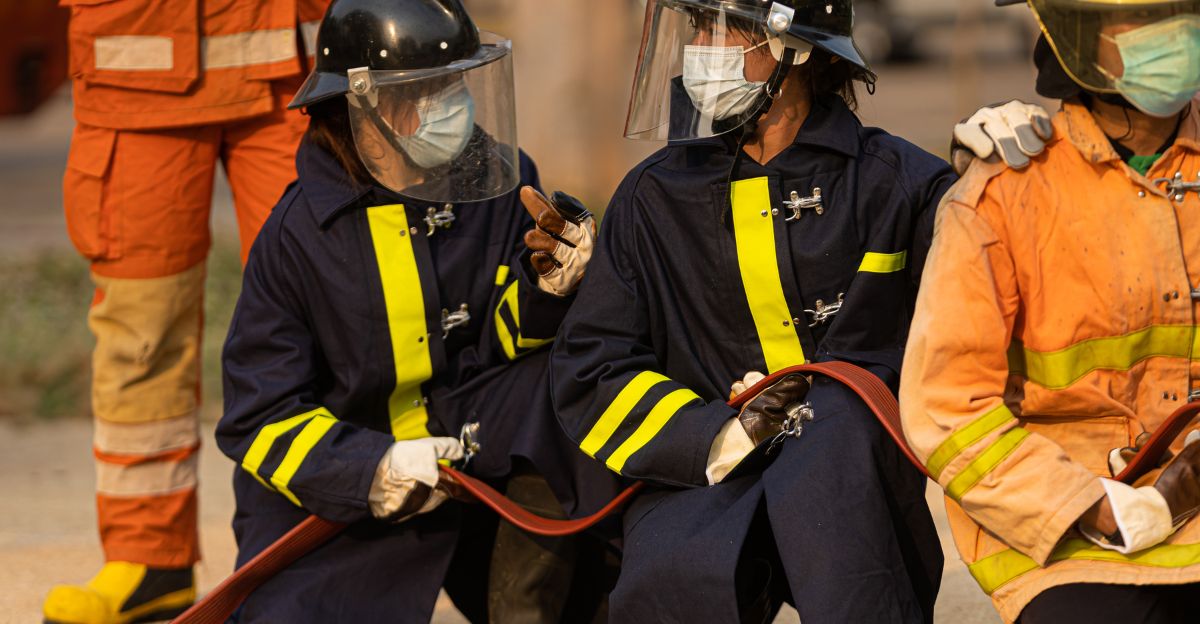
Emergency drills are essential for military and civilian populations living near Campi Flegrei. “Practicing for emergencies makes me feel a bit safer,” shares an army spouse engaged in these drills. These exercises aim to familiarize individuals with evacuation routes and procedures, creating a collective sense of preparedness.
By involving families and residents, emergency planners can assess their strategies’ effectiveness and identify areas for improvement. This hands-on approach emphasizes the importance of practice in cultivating a culture of readiness and resilience in the face of potential disasters.
Collaborative Research
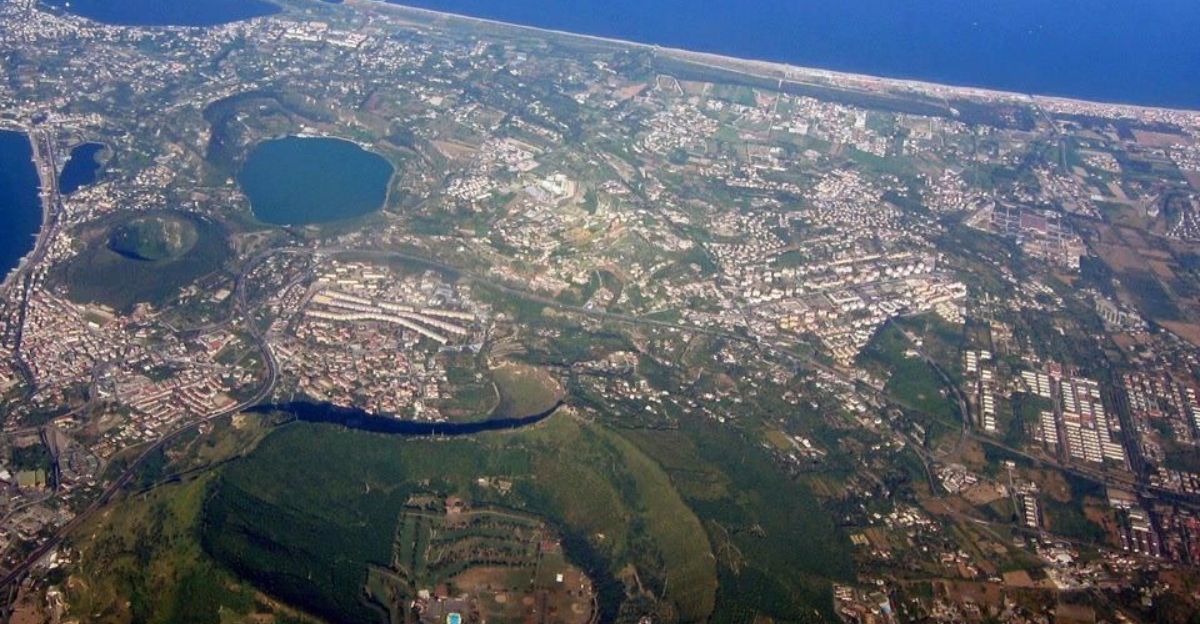
Joint research initiatives between Italian geologists and American scientists are beneficial for understanding Campi Flegrei’s complex geological landscape. “The collaboration has opened new doors for seismic studies,” notes a scientist working on the project. Sharing expertise, resources, and data enhances the precision of risk assessments, ultimately benefiting local and military communities.
This collaborative mindset fosters respect for each party’s expertise while promoting a comprehensive understanding of the caldera’s dynamics. The synergy created through these partnerships paves the way for innovative solutions to ensure safety within this remarkable yet dangerous environment.
Social Impact

As seismic activity escalates, the social fabric of communities surrounding Campi Flegrei is being tested. “It’s hard to feel secure when the ground shakes beneath you,” expresses a community member. Fear and anxiety ripple through families, prompting discussions on evacuation plans and safety measures.
Local leaders are prioritizing mental health resources to address the toll of constant uncertainty. By fostering emotional health initiatives, communities can build resilience not only to the physical dangers of the volcano but also to the psychological challenges that accompany living in such a high-risk area.
A Call to Action
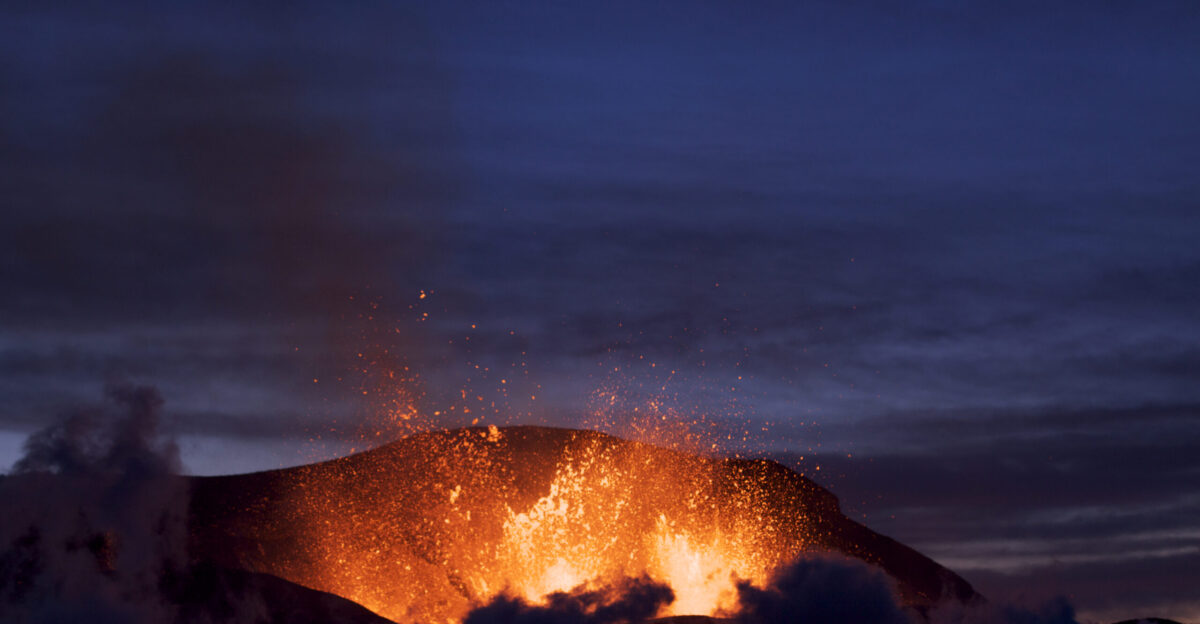
As we conclude this exploration, it’s clear that a multifaceted approach to managing the risks associated with Campi Flegrei is essential. “Staying informed and prepared is our best defense,” asserts a local educator, emphasizing the importance of community engagement.
Ongoing research, heightened awareness, and collaborative efforts among residents, military officials, and scientists will help forge a path toward resilience. Let us advocate for continued dialogue and action as we work together to navigate the potential for future seismic threats while cherishing the beauty of this remarkable region. The coexistence of life and nature’s forces calls for our commitment to safety and preparedness.